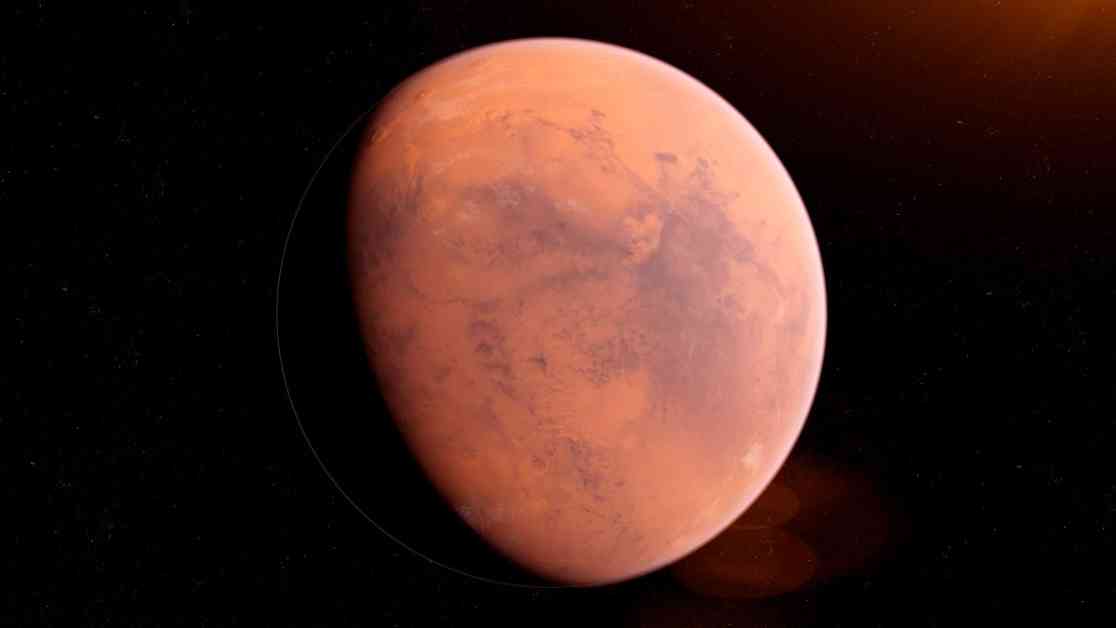Researchers have recently made an exciting discovery regarding the presence of a vast reservoir of liquid water beneath the surface of Mars. The amount of groundwater found is estimated to be substantial enough to potentially fill oceans on the planet’s surface, covering Mars to a depth of one to two kilometers.
Using data collected by NASA’s Insight lander, scientists were able to pinpoint the location of this underground reservoir. It is situated within tiny cracks and pores in rock in the middle of the Martian crust, between 11.5 and 20 kilometers below the surface. This depth presents a significant challenge, as even on Earth, drilling a hole a kilometer deep is no easy feat.
Vashan Wright, an assistant professor at UC San Diego’s Scripps Institution of Oceanography and former postdoctoral fellow at UC Berkeley, emphasized the importance of understanding the Martian water cycle. This knowledge is crucial for gaining insights into the planet’s climate, surface, and interior.
The findings of this research shed light on what may have happened to the water that existed on Mars approximately three billion years ago. By analyzing the data collected by InSight during its four-year mission, scientists were able to determine that liquid water in the crust is the most plausible explanation for the observed phenomena.
It is worth noting that the presence of this underground reservoir may indicate that a significant amount of water on Mars did not escape into space but rather seeped down into the crust. This discovery contributes to our understanding of the planet’s geological processes and the potential for life to have existed on Mars.
The research findings have been published in the Proceedings of the National Academy of Sciences journal, highlighting the importance of geophysical measurements and a better understanding of Mars’ crust composition. This study opens up new avenues for exploration and further research into the history and evolution of Mars.
In conclusion, the discovery of a vast reservoir of liquid water beneath the surface of Mars represents a significant breakthrough in our understanding of the red planet. This finding not only provides insights into Mars’ geological history but also raises intriguing questions about the potential for life to have thrived on Mars in the past. Further exploration and research will undoubtedly continue to unravel the mysteries of Mars and pave the way for future missions to the red planet.













